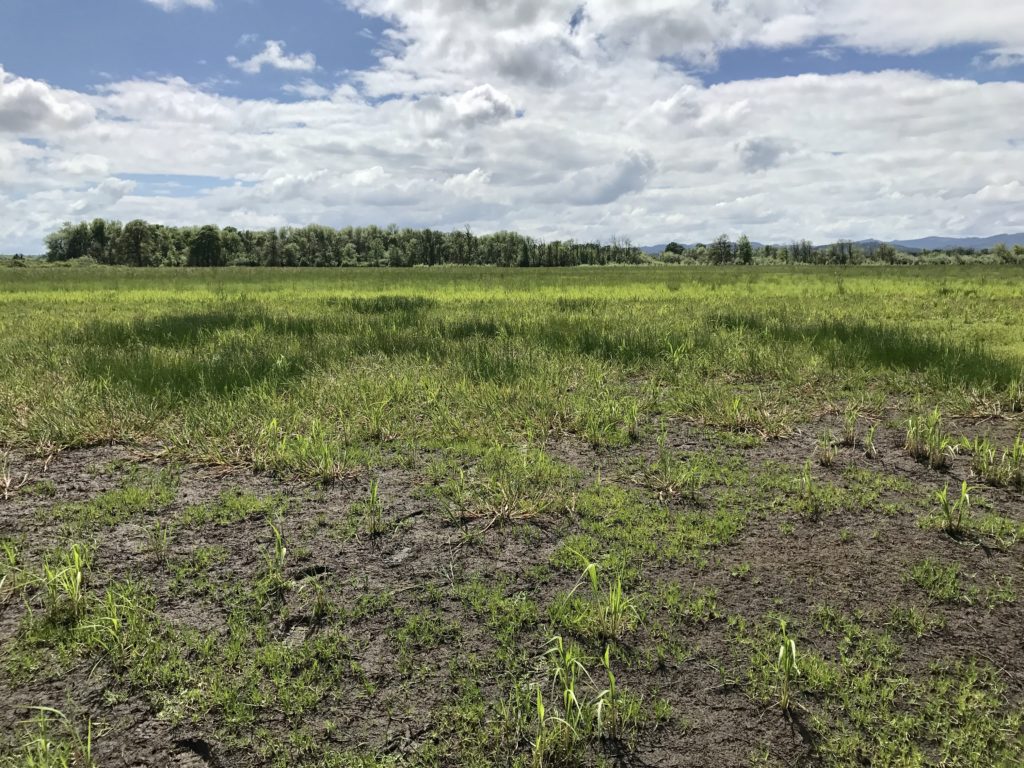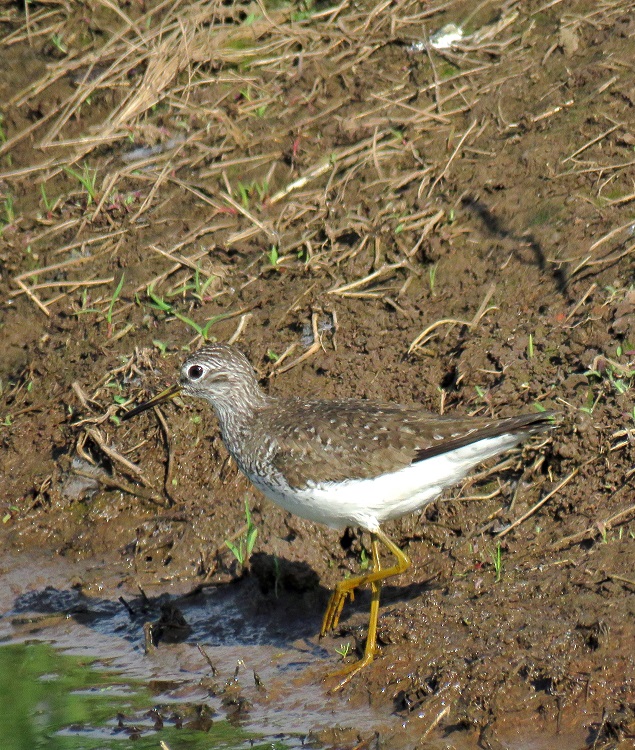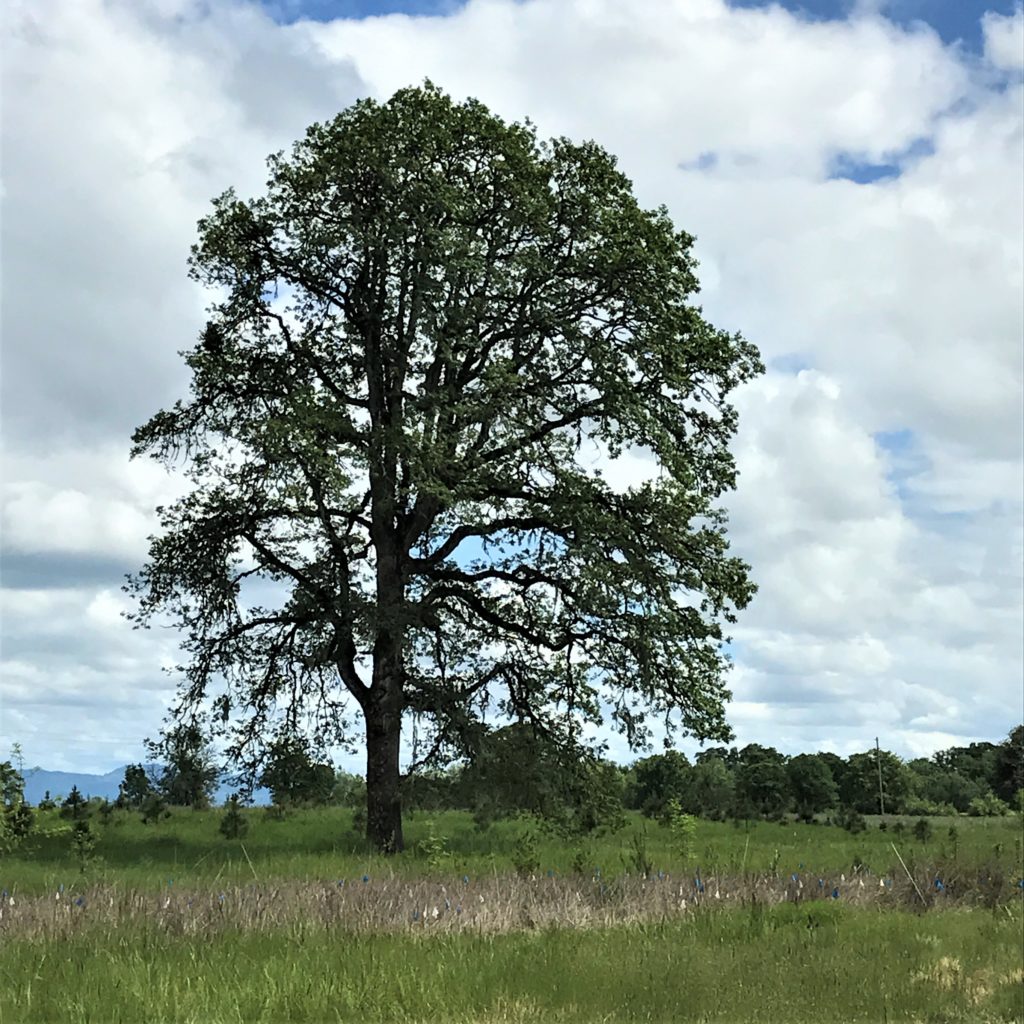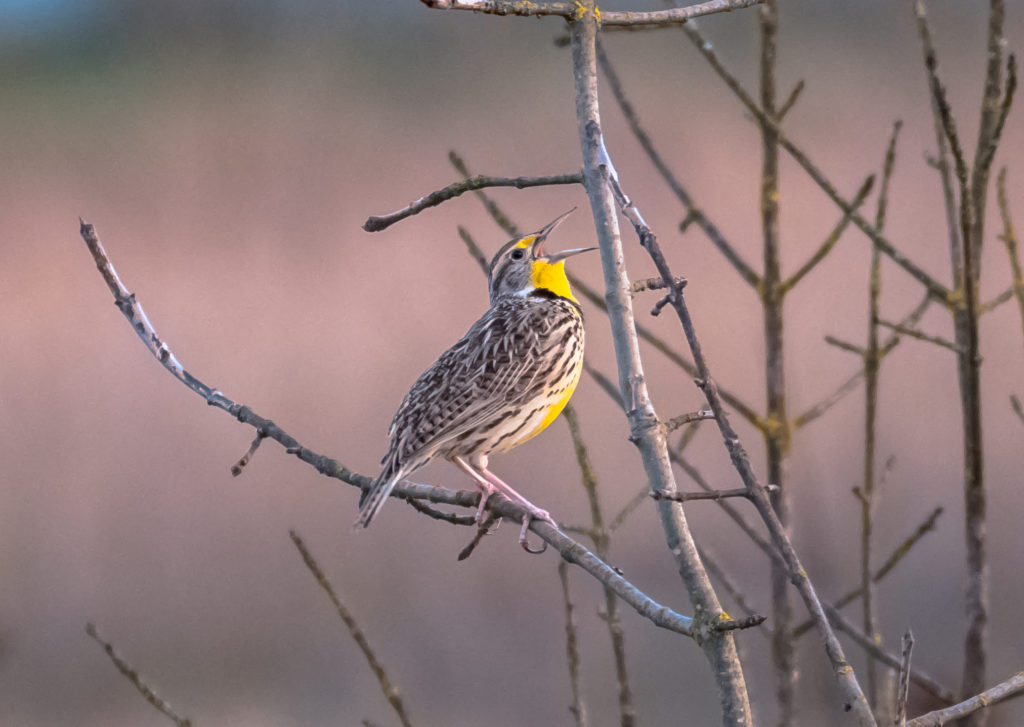Peregrine Prairie
Easement
The owner donated a conservation easement to McKenzie River Trust to to ensure the Property’s unique conservation values are protected and cared for into perpetuity. The landowner also provided funding for long- term stewardship activities.
Peregrine Prairie is a special complex of wet prairie and oak and ash wetland in the Long Tom River watershed. For years, the landowner has worked diligently to restore this area, introducing native flowers and grasses, along with Willamette Valley Ponderosa Pine. This habitat provides perches, hiding places, and forage areas for a number of bird and wildlife species. Located next to another important conservation area, together they create over 400 acres for migratory birds to rest, nest, and thrive. Blue heron, western meadowlark, bald eagles and dozens of other birds species have been observed there, including the property’s namesake – the Peregrine falcon.






The prairie is dominated by a mix of native grasses, including Roemer’s fescue and tufted hairgrass, with camas, rough popcorn flower, checkermallow, lupine, and lomatium species showing off through the spring and early summer months providing habitat for pollinators. The forested wetland is dominated by Oregon white oak and Oregon ash. Nootka rose and spirea cluster in shrubby patches.
Deer, coyote, beaver, killdeer, snipe and red tail hawk, and the western meadowlark are just some of the wildlife species that enjoy Peregrine Prairie.
The western meadowlark is Oregon’s state bird and considered a sensitive species. Peregrine Prairie’s open grassland provides much-needed nesting habitat for these iconic birds, helping ensure its song will continue to ring through the Willamette Valley.
